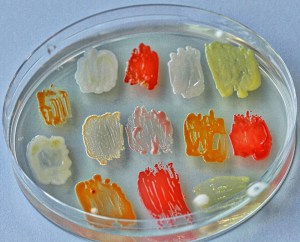
A palette of living colors. Naturally pigmented bacteria isolated from a microgeographical walk in Birmingham. ©Simon Park
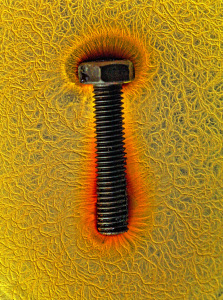
The very common soil bacterium Bacillus mycoides senses and responds to deformations and tensions in its growth environment. ©Simon Park
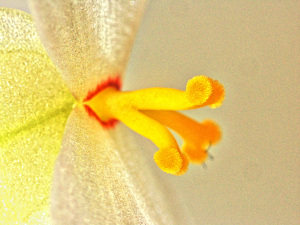
Plant Porn (series). Explicit and close up photographs of plant sexual organs. ©Simon Park
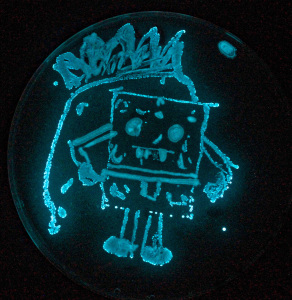
Bioluminescent Bacteria Art (series). ©Simon Park
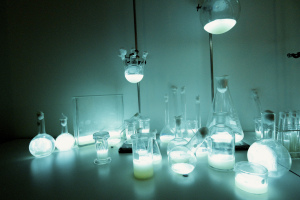
The Bioluminescent Bacterial Light Lab. ©Simon Park
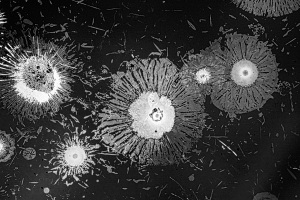
Some observations on the energy of rain: reconstructing a rain drop. ©Simon Park
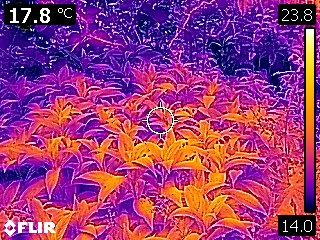
Garden in Infrared: Photographs of garden taken with a thermal imaging camera. Leaves and flowers become like abstract paintings as differences in temperature become apparent, and Bumbles Bees can be seen as yellow spots of heat energy. ©Simon Park
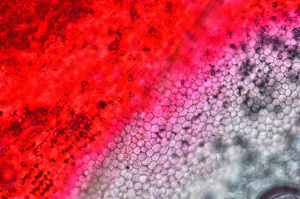
The images above, at 100x magnification of a red rose petal, being cleared of their red pigment and gradually revealing the flowers cellular pigment. ©Simon Park
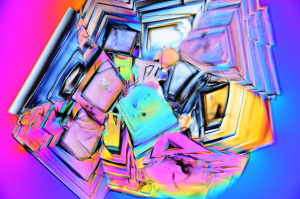
Fructose Crystals. ©Simon Park
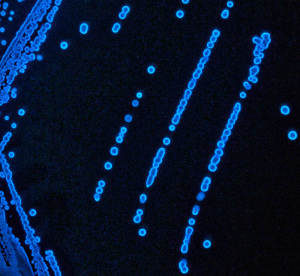
Single colonies of Photobacterium phosphoreum HB imaged by their own bioluminescence. ©Simon Park

Pond Life. Some images of what I found in a drop of pond water using a DIC microscope at 100x magnification. Playing with representing the images as circles. ©Simon Park
BIO
Simon Park is a Senior Lecturer of Molecular Biology in The University of Surrey. His research interests are directed towards applying the techniques of molecular genetics and functional genomics to problems of specific relevance to food safety. In particular, it seeks to address those adaptive responses in foodborne bacterial pathogens that influence pathogenicity and survival in the food chain. In recent years much of his research has focused on Campylobacter jejuni, the leading cause of foodborne illness in the UK, and how this pathogen responds to nitric oxide. Driven by his knowledge from the field of Biology, he explores the boundaries between the biological forms and art.






















